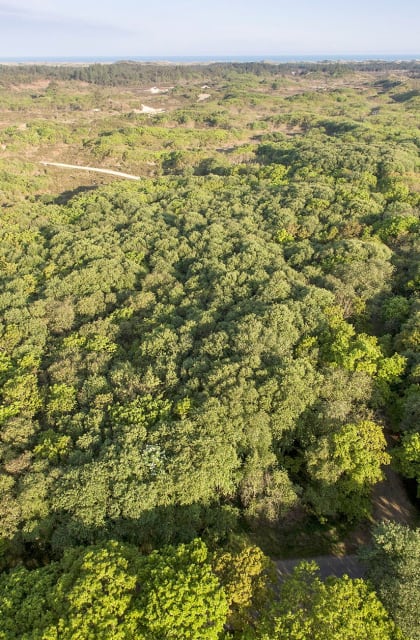

The Sand-Covered Oaks
{{vm.getLabel('Global.Loading')}}
{{getLabel('Filters.Advanced')}}
{{vm.getAdvancedFilterTitle()}}
{{vm.getShowHideAdvancedFilterLabel()}}
{{vm.getShowHideAdvancedFilterLabel()}}
{{vm.getShowHideAdvancedFilterLabel()}}
Show more filters
Search vacation
Search vacation
Search vacation
Search vacation
Nature’s Survivors of the Danish West CoastThe sand-covered oaks along Denmark’s West Coast are a unique type of oak trees adapted to survive in the harsh coastal environment with sandy soil and strong winds. These resilient trees are often found in the dunes and sandy areas along the coastline and are known for their compact growth form and remarkable resistance to drought and wind. 
|
